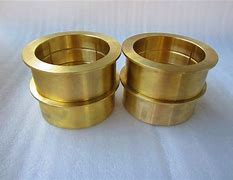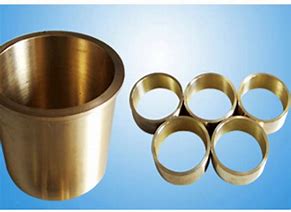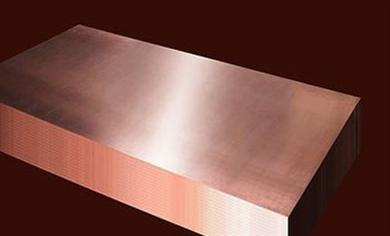**Is Your Water Heater’s Copper Pipe Supposed to Be Scorching Hot?**
(Should Copper Pipes Of Water Heater Always Be Hot?)
You’ve probably touched those copper pipes sticking out of your water heater and wondered, “Why are these so hot?” Maybe you’ve even panicked a little. Hot pipes seem normal, but sometimes they feel like they’re about to melt. Let’s break down what’s happening and whether you should call a pro or just relax.
Copper pipes connect to your water heater to carry hot water to your faucets. These pipes heat up because they’re attached to a tank full of scalding water. Heat naturally moves from the tank into the pipes. If the pipes are warm, that’s usually fine. But if they’re too hot to touch, something might be wrong.
Your water heater has a thermostat that controls the temperature. Most are set between 120°F and 140°F. If the pipes feel hotter than this range, the thermostat could be broken. A faulty thermostat lets the water overheat, making the pipes dangerously hot. Check the thermostat setting first. If it’s too high, lower it and see if the pipes cool down.
Another reason for hot pipes is sediment buildup. Over time, minerals and debris settle in the tank. This sludge acts like a blanket, trapping heat near the bottom. The heater then works harder to warm the water, which can overheat the pipes. Flushing the tank once a year stops this problem. It’s like giving your water heater a detox.
Hot pipes might also mean there’s too much pressure in the system. Water heaters have a pressure relief valve that lets steam or water escape if things get too intense. If this valve fails, pressure builds up, and the pipes get hotter. Test the valve by lifting its lever. If water doesn’t flow out, replace it fast.
Now, what if the pipes *aren’t* hot? That’s not always good either. If the pipes stay cool, your heater might not be working right. Maybe the heating element is broken, or the pilot light is out. Gas heaters can have issues with the thermocouple, which keeps the gas valve open. Electric heaters might trip a breaker. Check these things before assuming all is well.
Insulation matters too. Some pipes are wrapped to keep heat from escaping. This saves energy and stops burns. If your pipes are insulated, they might feel cooler even if the water inside is hot. No insulation? The pipes will feel hotter because the heat isn’t trapped.
Long pipe runs can also affect temperature. If the heater is far from your bathroom, the water cools as it travels. The pipes near the heater stay hot, but the ones farther away don’t. This is normal. It just means you might need a recirculation pump to keep water moving and maintain steady heat.
How do you know when to worry? Touch the pipes carefully. If they’re warm, you’re fine. If they’re burning hot, check the thermostat and pressure valve. Listen for popping or rumbling noises from the tank—these sounds mean sediment is burning. Look for leaks around the pipes or tank. Drips or puddles signal a problem.
Call a plumber if adjusting the thermostat doesn’t help. They can test the heating elements, check for sediment, or fix a broken valve. Don’t ignore pipes that stay cold either. Your heater might be broken, leaving you with surprise cold showers.
(Should Copper Pipes Of Water Heater Always Be Hot?)
Regular maintenance stops most issues. Flush the tank yearly, test the pressure valve, and insulate exposed pipes. Keep an eye on the thermostat setting. A little attention keeps your water heater running smoothly—and your pipes at the right temperature.
Inquiry us
if you want to want to know more, please feel free to contact us. (nanotrun@yahoo.com)



